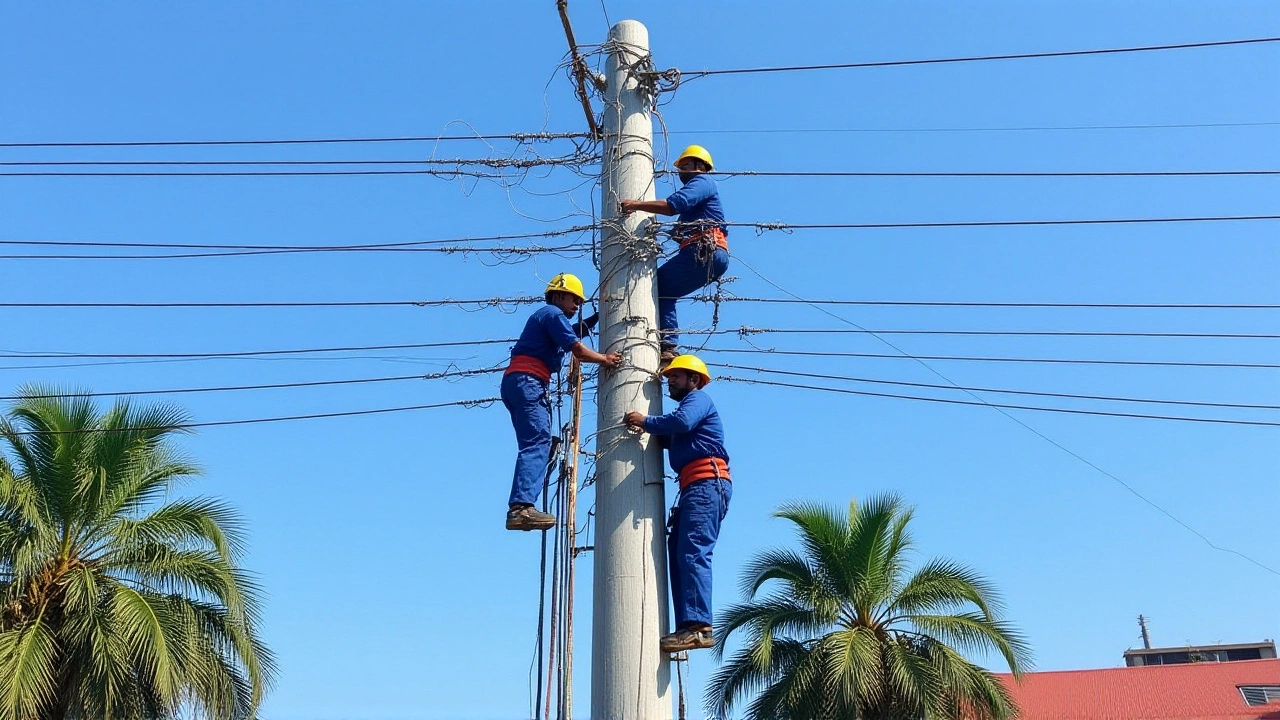Procurement Insights for Africa: What You Need to Know
Procurement is the backbone of every business and government project. In Africa, the landscape is shifting fast because of new technology, tighter budgets, and a growing focus on local suppliers. Whether you are a small firm buying raw materials or a ministry handling public contracts, the basics stay the same: get the right goods at the right price, on time, and with the right quality.
Key Trends Shaping African Procurement
First, digital tools are becoming commonplace. Platforms that automate tender notices, supplier vetting, and contract management are cutting paperwork and speeding up decision‑making. For example, several South African municipalities now use e‑procurement portals that let vendors submit bids online, reducing the chance of corruption.
Second, there is a strong push for local content. Governments are adding clauses that require a percentage of goods or services to come from domestic firms. This helps create jobs and keeps money circulating within the country. Companies that can prove they meet local‑content targets are winning more contracts.
Third, sustainability is moving from buzzword to requirement. Buyers are asking suppliers to show how they reduce waste, lower carbon emissions, and respect workers’ rights. Those who can certify their processes (for instance, with ISO 14001) get a clear edge.
Practical Tips to Improve Your Procurement Process
1. Start with clear specifications. Vague descriptions lead to misunderstandings and higher costs. Break down what you need into measurable units – size, material, delivery schedule, and quality standards.
2. Build a reliable supplier base. Don’t rely on a single source. Keep a shortlist of vetted vendors, check their performance regularly, and diversify where possible. A simple scorecard can track delivery times, price stability, and compliance.
3. Leverage competitive bidding. Even if you have a preferred supplier, ask for at least three quotes. This creates price pressure and gives you data to negotiate better terms.
4. Use technology wisely. Adopt affordable tools like cloud‑based procurement software or simple spreadsheet templates. Automation can flag expired contracts, remind you of renewal dates, and generate spend reports instantly.
5. Focus on contract management. A signed contract is only the start. Assign a person to monitor milestones, quality checks, and payment schedules. Early detection of issues avoids costly disputes later.
6. Train your team. Procurement is a skill. Short workshops on negotiation, risk assessment, and ethical sourcing keep staff up‑to‑date and reduce errors.
By applying these steps, you can cut waste, improve transparency, and boost the value you get from every purchase.
In summary, African procurement is moving toward digital, local, and sustainable models. Staying ahead means embracing technology, meeting local‑content rules, and practicing disciplined, data‑driven buying. Keep these ideas in mind and watch your procurement performance improve.
Kenya Power seeks 2,555 local transformers to keep new connections flowing and replace vandalised units, amid a 10% annual demand rise and a $33 million government upgrade plan.
Recent-posts
May, 27 2024
May, 22 2024






